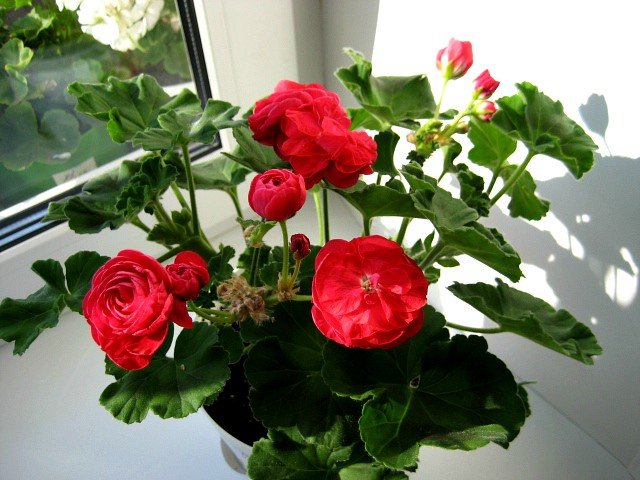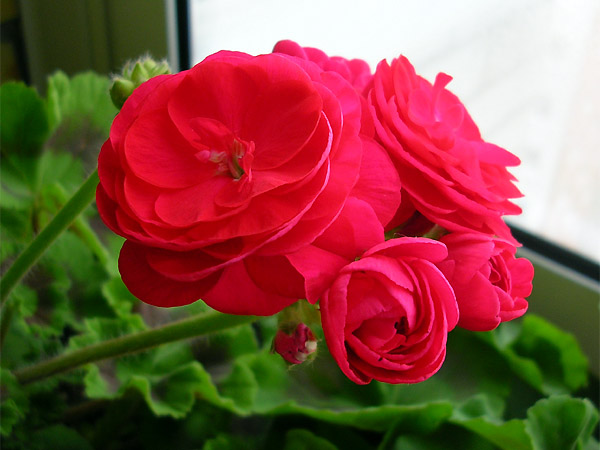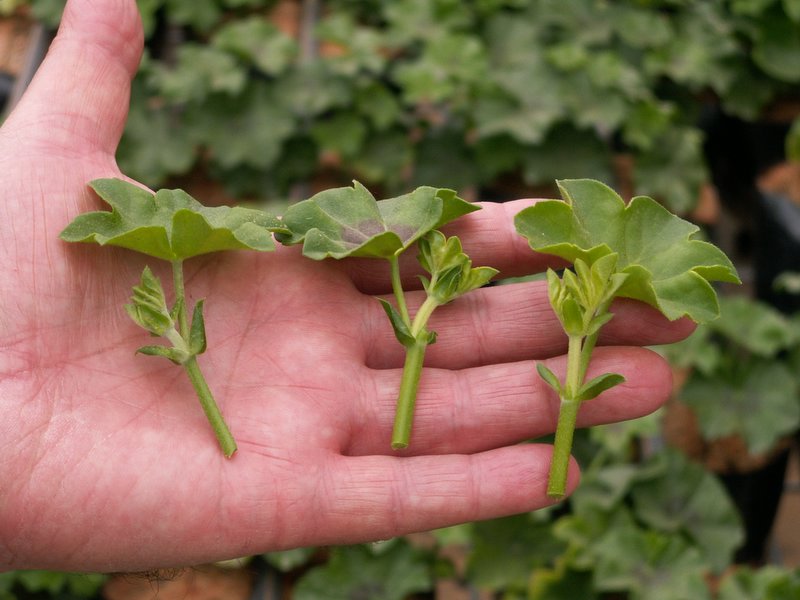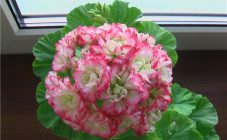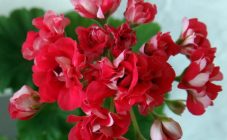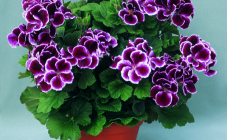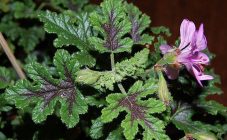Content:
This is a very beautiful flower that surprises gardeners with a variety of varieties. Most plant varieties are perennial. Pelargonium has a variety of beneficial effects on the human body: some varieties relax, renew strength.
Pelargonium PAC Viva Rosita is, first of all, beautiful and bright flowers. They resemble buttercups in their shape. The flower has a complex structure, which is why it is lush and eye-catching. The predominant shade is bright crimson.
History
Pelargonium Pak Viva Rosita was bred by Swedish breeders back in 2001. At one of the flower exhibitions in Europe, it won over many participants. The following year, this pelargonium appeared in Russia and immediately made a huge impression on Moscow breeders.
Description of the variety
Pelargonium Rosita is completely different from other varieties. Distantly, it resembles large red roses. One inflorescence can grow up to 30 beautiful and large flowers. Since they do not fit snugly together, they can easily be viewed separately. The plant is low, which makes it easy to admire it.
Viva Rosita pelargoniums grow rather slowly. But this comparative disadvantage pays off with long flowering - up to 2 weeks and even more. Flowering takes place in the summer.
Pelargonium bush is compact, well branched. The leaves are dark green, hard to the touch. The tips are darker in color. The diameter of each flower is up to 6 cm.
The formation of a plant bush occurs independently, without outside human intervention.
Agrotechnics
Pelargoniums are unpretentious plants, it will not be difficult to care for them in the garden even for novice flower lovers. The transplant is carried out in early spring, when daylight hours have already noticeably increased. The soil should be well loosened.
It is recommended to plant this flower in a previously prepared soil mixture of turf, peat, coarse sand, humus. It is recommended to put chicken or horse manure in it.
Within a month, the transplanted plant should be watered every day with settled water. Do not overflow, because this makes the plant sick.
The next step in caring for a plant in the garden is pruning. The first shape correction should be carried out about a month after the transplant, when the pelargonium has taken root. Only weak, diseased and unproductive shoots are removed. The stem should be left about 15 cm long.
It is very important to properly and timely feed the pelargonium growing in the garden. For this, complex fertilizers are used. During the formation of buds and the beginning of flowering, additional potash and phosphorus fertilizers must be added. Of the complex fertilizers, Agricola and Kemira are best suited.
Home care
It is best to grow the plant at home on well-lit windowsills. In the summer, the plant can be taken out onto the balcony or porch.
The flower does not like heat and cold. The optimum temperature in summer is 20 degrees.In winter, the temperature should be reduced to 16 degrees. Room humidity should be around 55%. The plant tolerates dry air much better and does not even need additional spraying. At high humidity, the stems are affected and the plant begins to rot. The plant should not be grown in a poorly ventilated room because heavy air contributes to the development of diseases.
Watering pelargonium is necessary when the topsoil dries up. There should be no stagnation of moisture in the soil, because this negatively affects the condition of the root system and can lead to rotting.
At home, organic fertilizers are never applied. In winter, no additional feeding is needed. The best for her are nitrogenous fertilizers.
From early spring to mid-autumn, you need to remove the upper shoots. This way it is possible to achieve lateral growth of the plant and more lush flowering.
Winter care
In autumn and winter, the plant must be put into a dormant state. To do this, the temperature is reduced to 14-16 degrees, watering is reduced to a minimum. To prevent pelargonium from growing, it does not need to be fed.
It is necessary to dig the plant very carefully and certainly with a clod of earth. Then it is just as carefully transferred to the flower pot.
Reproduction
Pelargoniums reproduce by seeds, bush division and cuttings. Plants grown from seeds grow more abundantly. They need to be planted in early spring. The optimum temperature for germination is 20 degrees. Seedlings need to be dived and grown for about 2 months in good light conditions.
Cuttings are carried out in February-March or July-August. A stalk with 3 leaves and a length of about 5-7 cm is dried and planted in a substrate. The planted cutting is watered (only to the edge of the pot in which it grows). The stalk can be placed in water and only after growing the root can be planted in the ground.
Advantages and disadvantages
The advantages of PAC Viva Rosita pelargonium are:
- a large number of beautiful flowers on one plant;
- the complex structure of the flower, which is why it looks more like a rose than an ordinary pelargonium;
- a large number of color options;
- unpretentious care, which makes it possible to grow pelargonium both in the garden and on the windowsill as a houseplant;
- sufficient resistance to pests (parasites will not infect the plant, provided timely and regular treatment);
- long flowering duration of the plant;
- it can be grown in winter;
- flowers can be dried for herbarium or other collections.
Among the disadvantages, the plant is susceptible to diseases:
- black leg;
- stretching the stems;
- gray mold;
- the appearance of edema on the leaves and rotting of the roots.
Taking proper care of the plant helps to avoid diseases.
Pelargonium PAC Viva Rosita is a beautiful and very lush plant. Ideal for growing in a garden or room. Fulfillment of all the requirements for agricultural technology and care for geraniums ensures long-term flowering and the absence of diseases.
